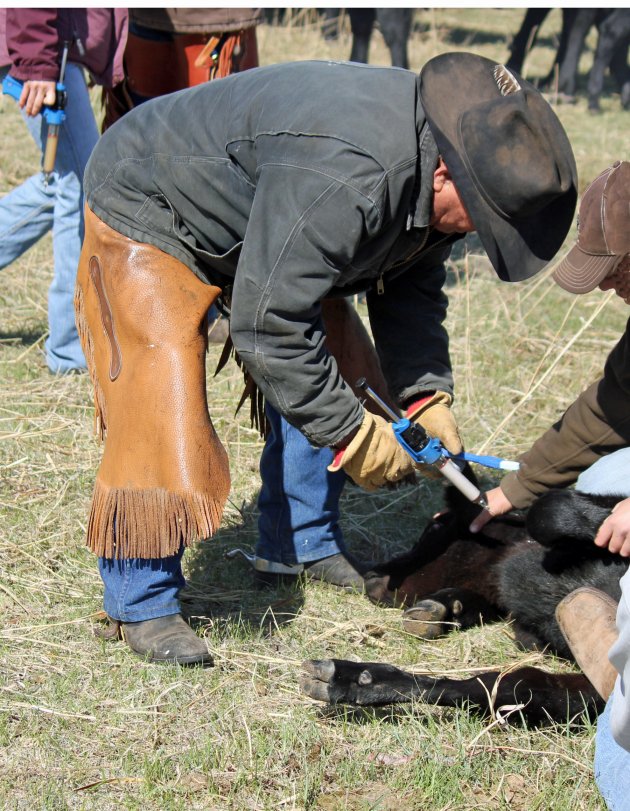
By Bethany Johnston, UNL Extension Educator
Ranchers and beef producers listened to the report and changed how they were doing business. Back in 1991, the National Beef Quality Audit (NBQA), injection site lesions were a major concern for the beef industry.
The beef industry should “pat itself” on the back for what was NOT said in the 2011 NBQA.
When participants responded to “visual characteristics” on the audit, problems that showed up 20 years ago were not mentioned. Injection site lesions did not appear to be evident problems in the 2011 Beef Quality Audit.
Back in 1991, injection site lesions occurred in 22.3% of carcasses. In 2011, injection sites lesions in fed cattle are less than 0.00001%, which is pretty darn close to zero.
However, improvement and education is still needed, especially in the dairy industry, where 41% of dairy producers still give injections in the animal’s rump. Beef cull cows and bulls also have higher rates of injection site lesions.
Subcutaneous (Sub-Q) injections, giving less than 10 cc’s per injection, and giving injections in the “triangle” on the neck helps minimize injection sites in the carcass.
For more information, visit bqa.unl.edu. If you would like to become BQA certified, contact Rob Eirich at 308.632.1230.